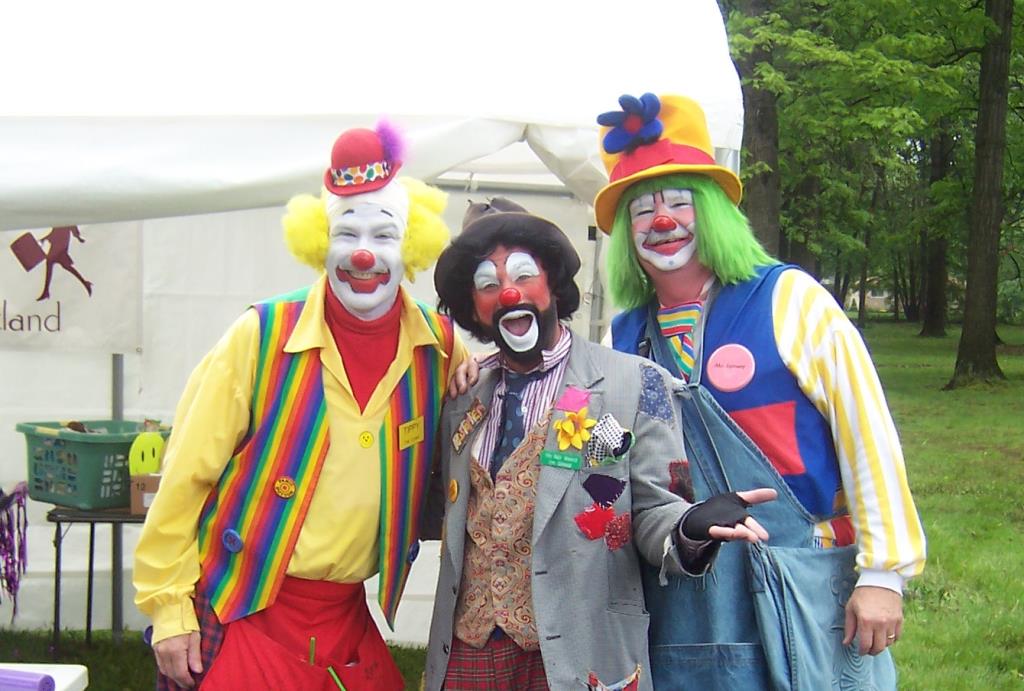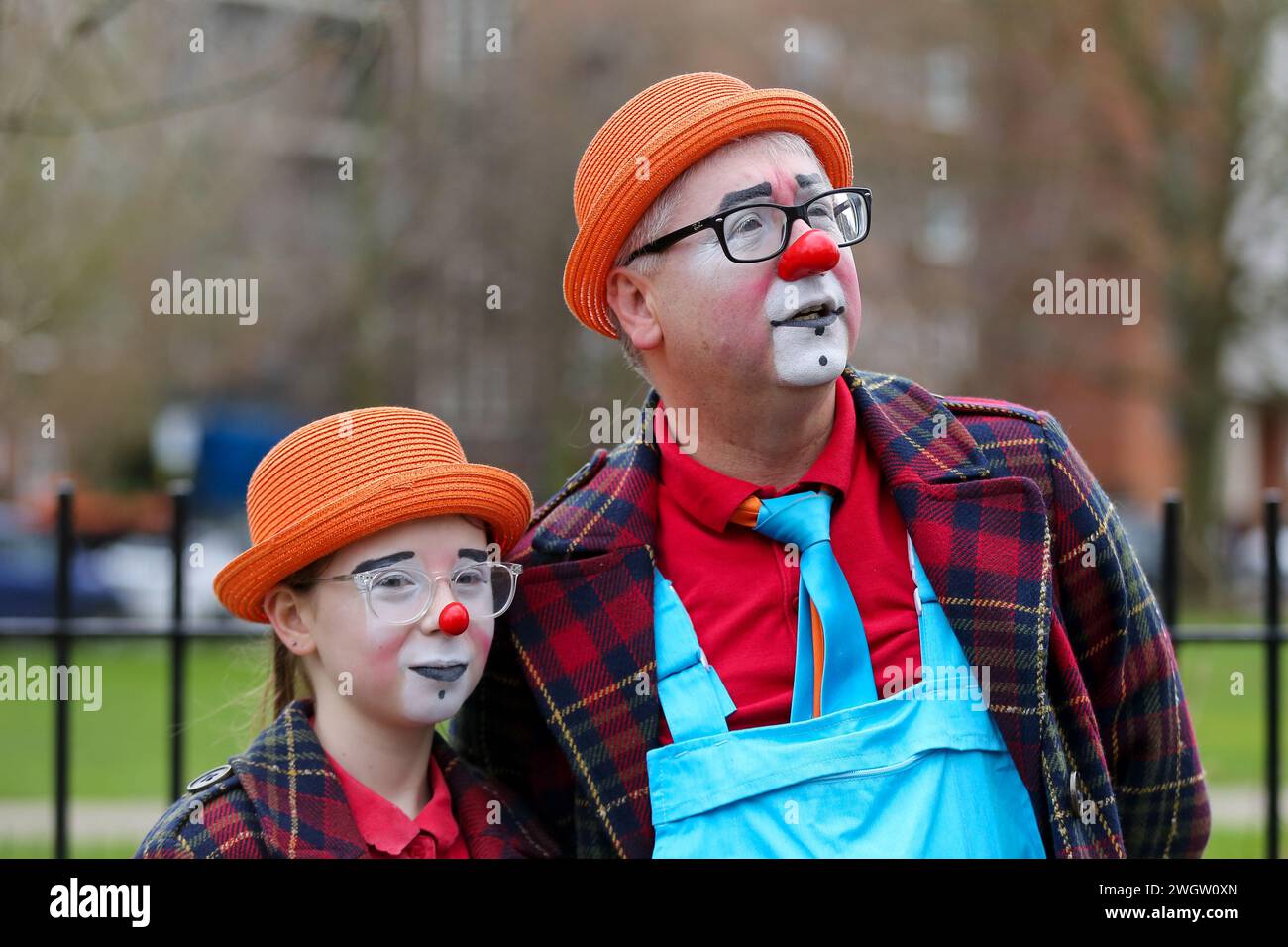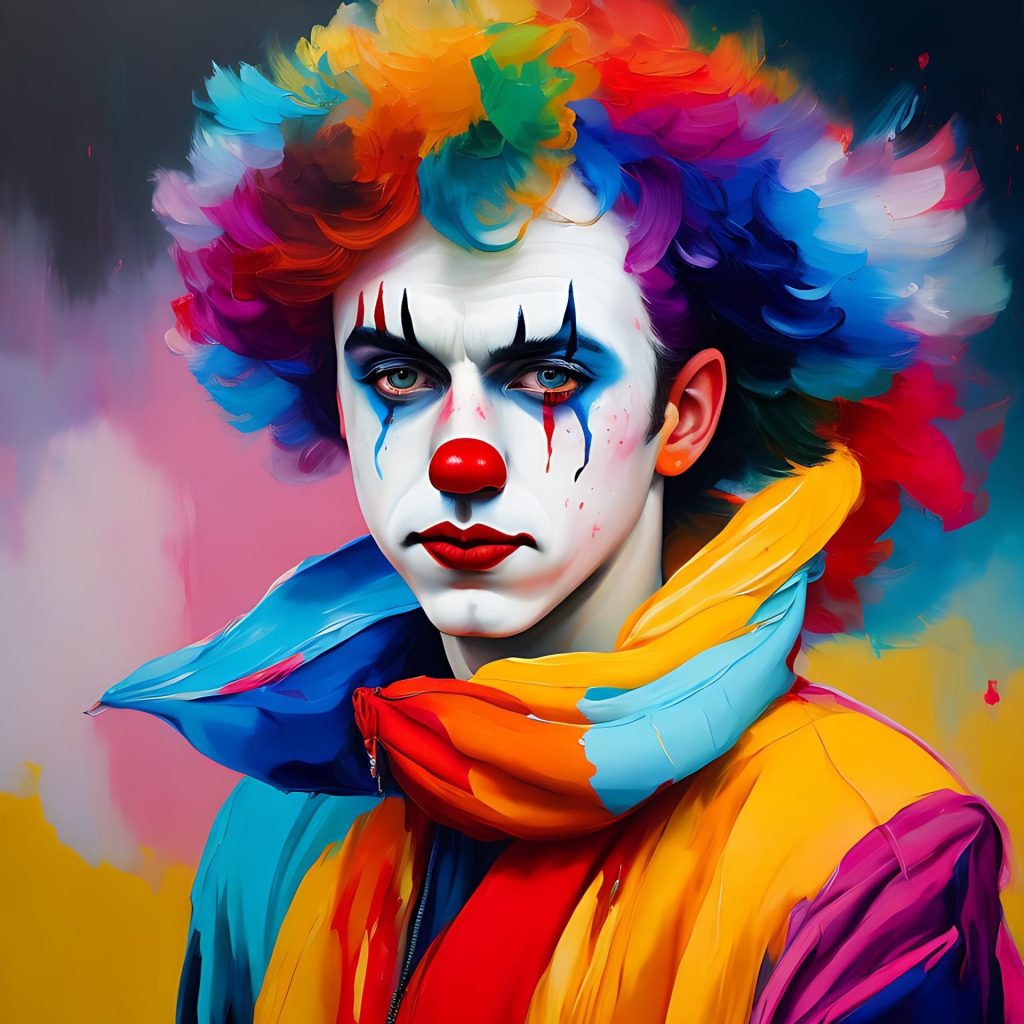The 7-Second Trick For All Occasion Performers
The 7-Second Trick For All Occasion Performers
Blog Article
What Does All Occasion Performers Do?
Table of ContentsThe smart Trick of All Occasion Performers That Nobody is DiscussingGet This Report about All Occasion PerformersThe 5-Second Trick For All Occasion PerformersThe 6-Minute Rule for All Occasion PerformersAll Occasion Performers for Beginners
Political comic artist Thomas Nast based his drawings of Uncle Sam on Rice and his outfit. Dan Rice was an accomplished pet fitness instructor. He focused on pigs and mules, which he trained and marketed to other clowns. He additionally presented a show an experienced rhinoceros and is the only individual in circus background to present a tightrope walking elephant.He was additionally a benefactor who offered generously to many charities and he put up the first monolith to soldiers eliminated throughout the Civil War - Corporate event ideas Dallas. Beginnings of the Auguste characterThere is an extensively informed tale concerning the origins of the Auguste clown. According to the tale, an American acrobat called Tom Belling was carrying out with a circus in Germany in 1869
The manager suddenly went into the space. Belling took off running, ending up in the circus field where he tipped over the ringcurb. In his embarrassment and haste to get away, he dropped over the ringcurb once more on his way out. The target market yelled, "auguste!" which is German for fool. The manager regulated that Belling continue looking like the Auguste.
Some Known Details About All Occasion Performers
For one point, the word Auguste did not exist in the German language until after the personality became preferred. One of the concepts of the actual beginning is that Belling copied the personality from the R'izhii (Red Haired) clowns he saw when he toured Russia with a circus (https://www.cheaperseeker.com/u/all0ccperf0rm). Personalities like the auguste absolutely existed previously

The dance later ended up being called tap dance. It should be kept in mind that there are alternative 'beginnings' for the vagrant character"among which was the taking a trip "hoe boys," or itinerant ranch employees, that rode the rails from one town to one more, cleaning the soot away from their eyes & mouth.
The Basic Principles Of All Occasion Performers
Note that the fright wig, exaggerated lips and eyes, large clothing and props of the American clown, props such a sparkling water, stuffed clubs, blowing up cigars, and whistles loaded with residue, are not Grimaldi's. They belong to Tambo and Bones. The English blackface comic Charles Mathews involved America in 1822 to execute and examined black life and personalizeds.
No one knows where the mummers' plays and Morris dances originated from. In such plays there is a mishmash of personalities consisting of "kings" and "saints", cross-dressing, and blackface duties; the faces of Morris (or "Moorish") dancers were likewise blackened. The mummer's plays were except enjoyable. The majority of were carried out by inadequate men in the starving time after Xmas.
If denied, they would certainly rake the transgressor's backyard. The Derby Play of the Tup was done for food and beer by out of work youths. This use of blackface for political activity camouflaged as amusement persisted in America when the descendants of these males blackened their faces to object taxes. One such objection has actually entered American history as the Boston Tea Party.
Not known Facts About All Occasion Performers

While not the extravagant affairs we consider today, some early, rougher kinds of traveling circus were popular in America from Revolutionary times-- George Washington was a fan. Blackface clowns done in them from a minimum of the 1810s and possibly before; they were a staple by the 1820s. The wide red or white mouth repainted on by modern clowns is a remnant of the blackface mask.
The blackface mask was a clown's disguise, overemphasizing the facial functions right into a cartoon, a caricature. The blackface clown might be the forerunner of today's anodyne circus clown, but otherwise the two are as contrary as blackface and whiteface.
All Occasion Performers Things To Know Before You Buy
That in nineteenth-century America was more of an Aside from the Negro? What much better mask than blackface? In lots of traditions the clown would certainly show some physical defect, like a hunchback, dwarfism-- or like Jim Crow, lameness - Stilt walkers near me. And due to the fact that he was different, an Others, the clown was enabled to claim and do sites points nobody else could.
Satire and apology were main to minstrelsy. It's interesting that in the West African cultures where most slaves came, the poet-singer griot offered the same ridiculing jester function when the celebration emerged. That might have something to do with the interested (to us, looking back) convenience with which Southern Blacks accepted not just the songs however even the demeaning wit of minstrelsy.

Emmett Kelly was the best known vagrant clown with his personality "Weary Willie."Vagrant clowns are experienced: + jugglers + magicians + pianists + chalk talk musician + bicyclists.
Report this page